Creeping Savory Plants – How To Care For Creeping Savory Plants In The Garden
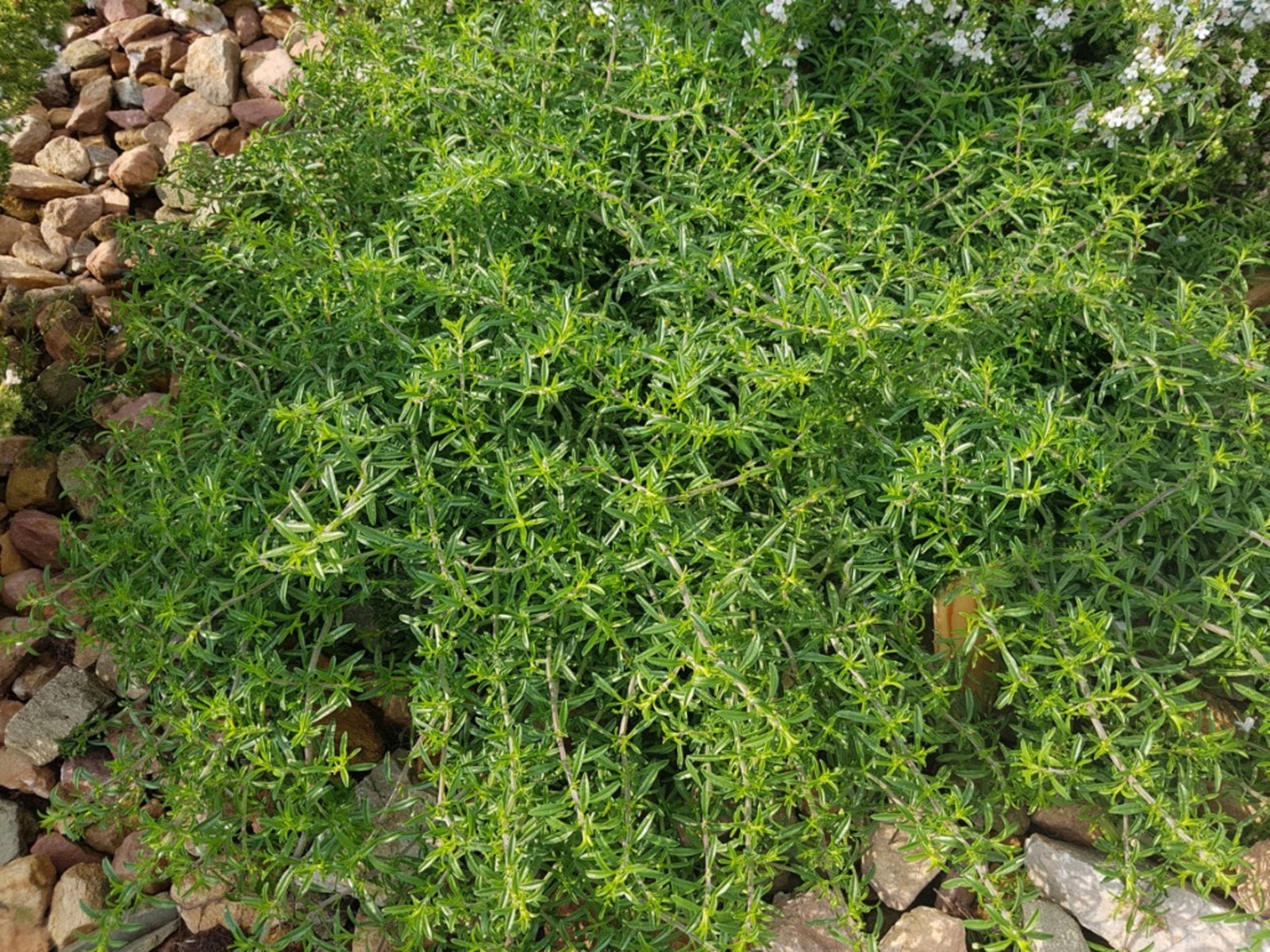

Creeping savory in gardens are compact, fragrant plants at home in herb gardens or along borders or pathways. These easy-to-grow herbs are also well-suited for containers or window boxes where the trailing stems can cascade over the edges. At only 2 to 4 inches (5-10 cm.) tall, creeping savory plants make ideal groundcovers. This hardy little herb is suitable for growing in USDA plant hardiness zones 6 through 9. Read to learn about growing creeping savory in your own garden.
Creeping Savory Uses
Creeping savory (Satureja spicigera) is a variety of savory herb and, as such, its uses are many. Here are just a few of the most common creeping savory uses in the garden: Traditionally, savory was used to relieve sore throats, coughs, flatulence, diarrhea, menstrual problems, arthritis, and insect bites. It shouldn’t be used by pregnant women. Creeping savory has a flavor similar to thyme or marjoram. It is used either fresh or dried to flavor a variety of foods. In the garden, creeping savory blooms attract bees and other beneficial insects. It is said to repel certain types of pests when companion planted near onions or beans.
Growing Creeping Savory Plants
Learning how to care for creeping savory in the garden is an easy endeavor. Creeping savory thrives in sunny, arid conditions and nearly any type of well-drained soil, including poor, highly alkaline soil. The plant tolerates intense heat and drought and tends to become leggy in shade. Plant creeping savory seeds in late winter or after frost danger has passed in early spring. You can also propagate creeping savory by taking cuttings of mature plants. The seeds may be difficult to find. Keep new creeping savory plants moist until the plants are established. Thereafter, water sparingly. In general, creeping savory plants require water only during dry spells. Pinch the tips of new growth in spring to encourage full, bushy growth.
Gardening tips, videos, info and more delivered right to your inbox!
Sign up for the Gardening Know How newsletter today and receive a free copy of our e-book "How to Grow Delicious Tomatoes".

A Credentialed Garden Writer, Mary H. Dyer was with Gardening Know How in the very beginning, publishing articles as early as 2007.
-
 Never Plant Seedlings Until They Pass These 3 Simple Tests
Never Plant Seedlings Until They Pass These 3 Simple TestsDon't be over-eager to transplant seedlings into the garden before they are ready. These quick and easy checks will help ensure flourishing plants.
By Mary Ellen Ellis
-
 Grow ‘Karl Rosenfield’ Peony Plants For The Ultimate Frilly Border Beauties And Cut Flowers
Grow ‘Karl Rosenfield’ Peony Plants For The Ultimate Frilly Border Beauties And Cut FlowersFor frilly double magenta peony petals infused with a heady fragrance, grow ‘Karl Rosenfield’ peony plants. Here’s how to cultivate the ultimate plushy blooms
By Tonya Barnett
-
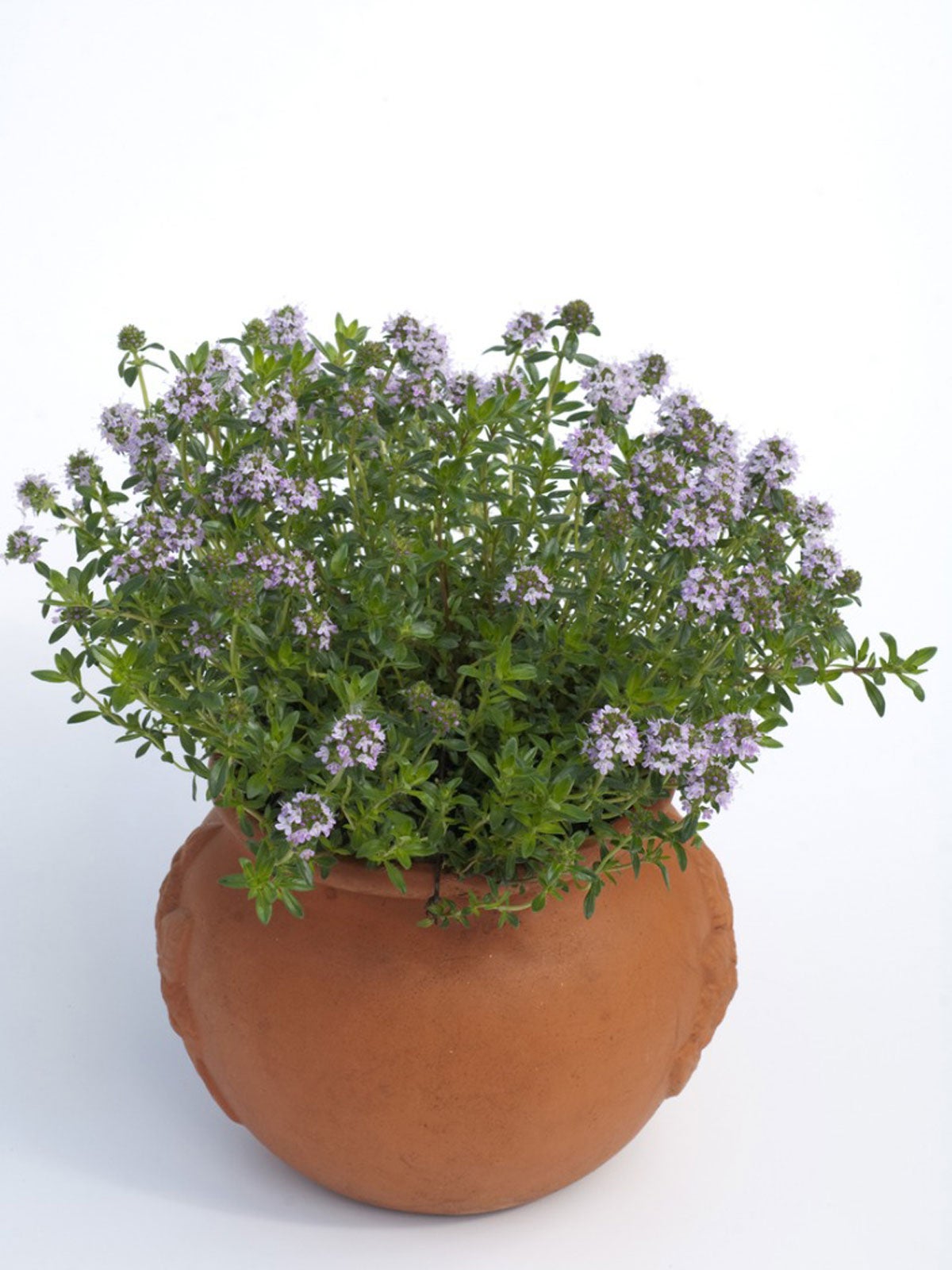 Indoor Winter Savory Care: How To Care For Winter Savory Inside
Indoor Winter Savory Care: How To Care For Winter Savory InsideLove the flavor of savory in your cooking? Growing winter savory indoors lets you enjoy those flavorful leaves year round. Learn more here.
By Bonnie L. Grant
-
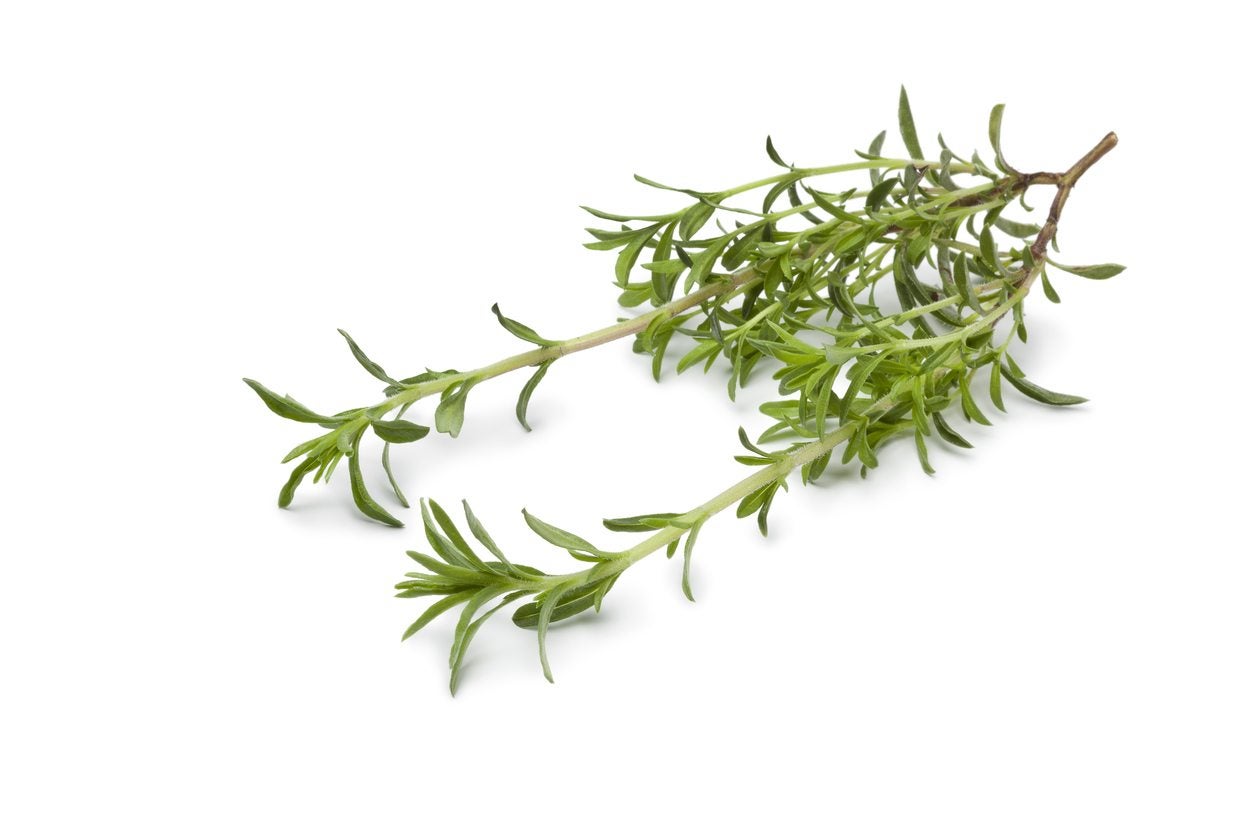 Picking Savory Plants – Learn About Savory Uses After Harvesting
Picking Savory Plants – Learn About Savory Uses After HarvestingCultivated for at least 2,000 years, both summer and winter savory have a multitude of uses after harvesting and are worthy additions to any herb garden. The following article contains information on harvesting savory herbs.
By Amy Grant
-
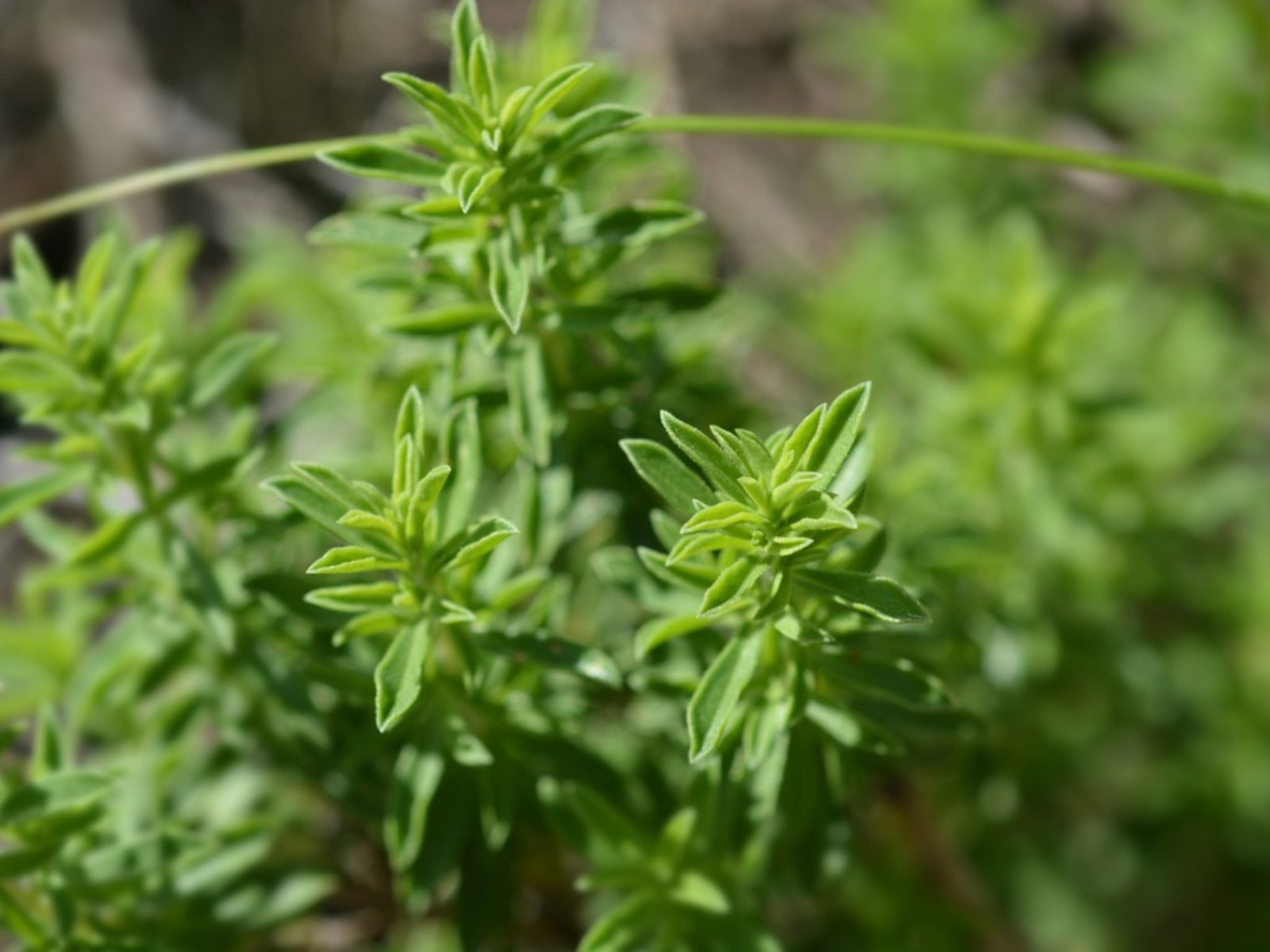 Care Of Winter Savory: Learn How To Grow Winter Savory Herbs
Care Of Winter Savory: Learn How To Grow Winter Savory HerbsThere are two types of savory, summer and winter, but in this article, we're going to focus on how to grow winter savory herbs. Click here to find out about the care and growing of winter savory and other winter savory plant information.
By Amy Grant
-
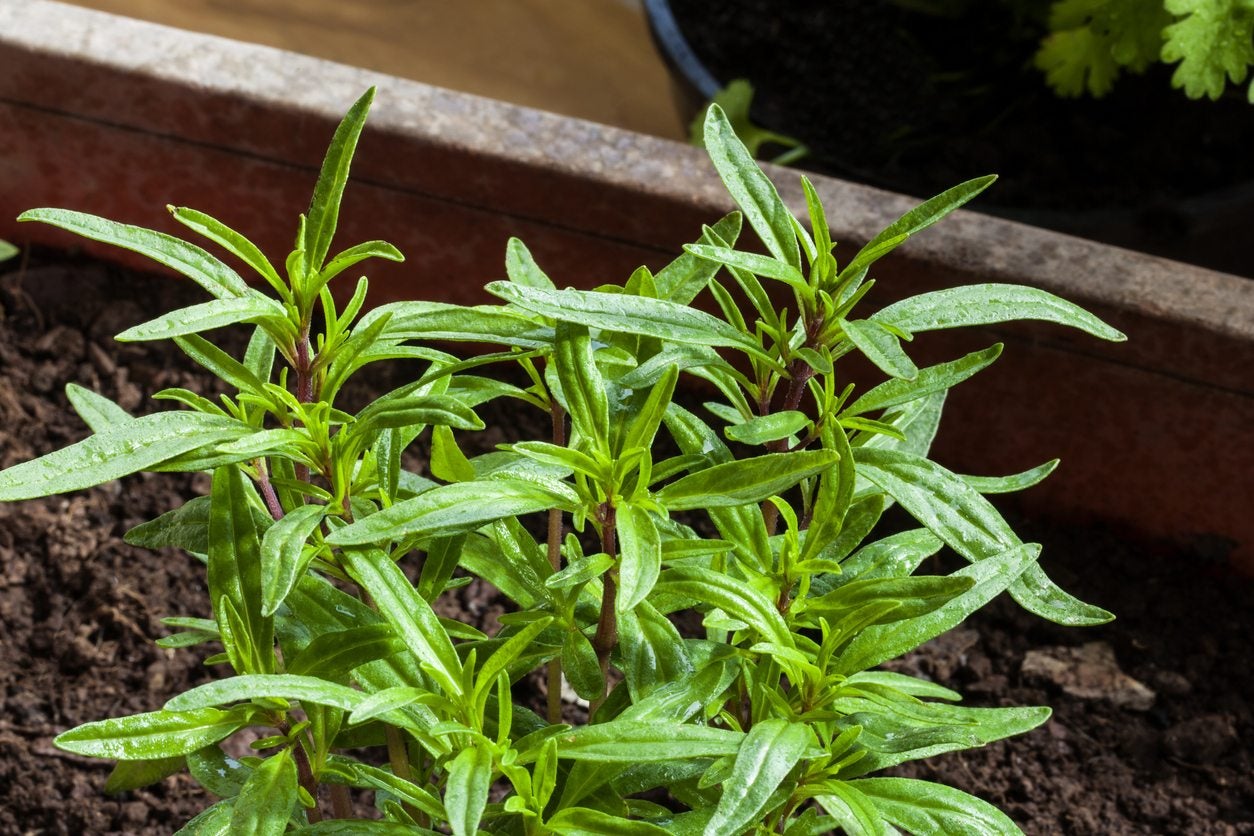 Summer Savory Plant Care – Tips On Growing Summer Savory Herbs
Summer Savory Plant Care – Tips On Growing Summer Savory HerbsSummer savory may not be as well known as some of its herb counterparts, but it's a serious asset to any herb garden. Click on this article to learn more about growing summer savory herbs, including summer savory plant care.
By Liz Baessler
-
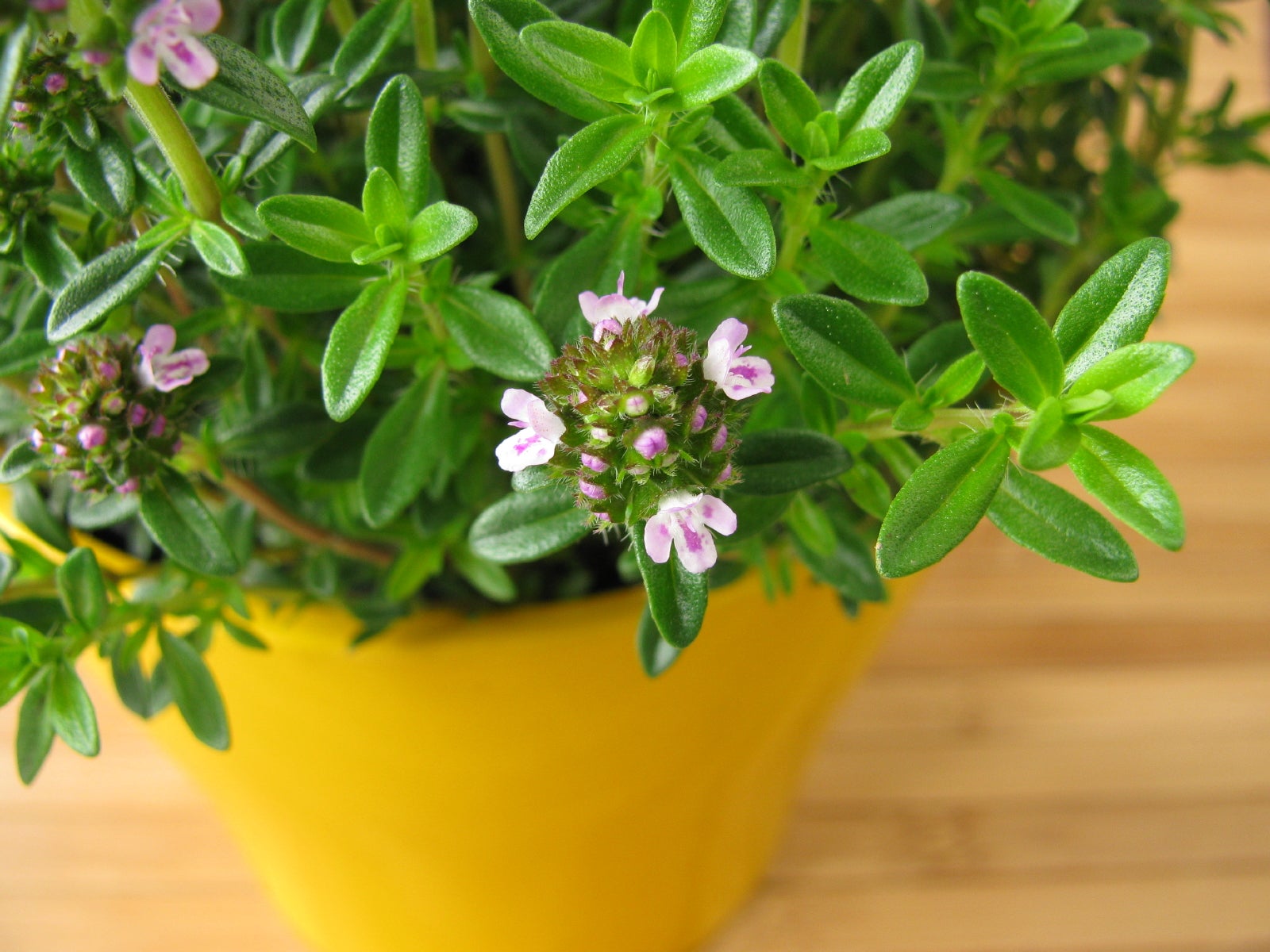 Growing Savory In Your Garden
Growing Savory In Your GardenGrowing savory in the home herb garden is not as common but both winter and summer savory are excellent additions to the kitchen. Planting savory is easy and, this article will help.
By Heather Rhoades